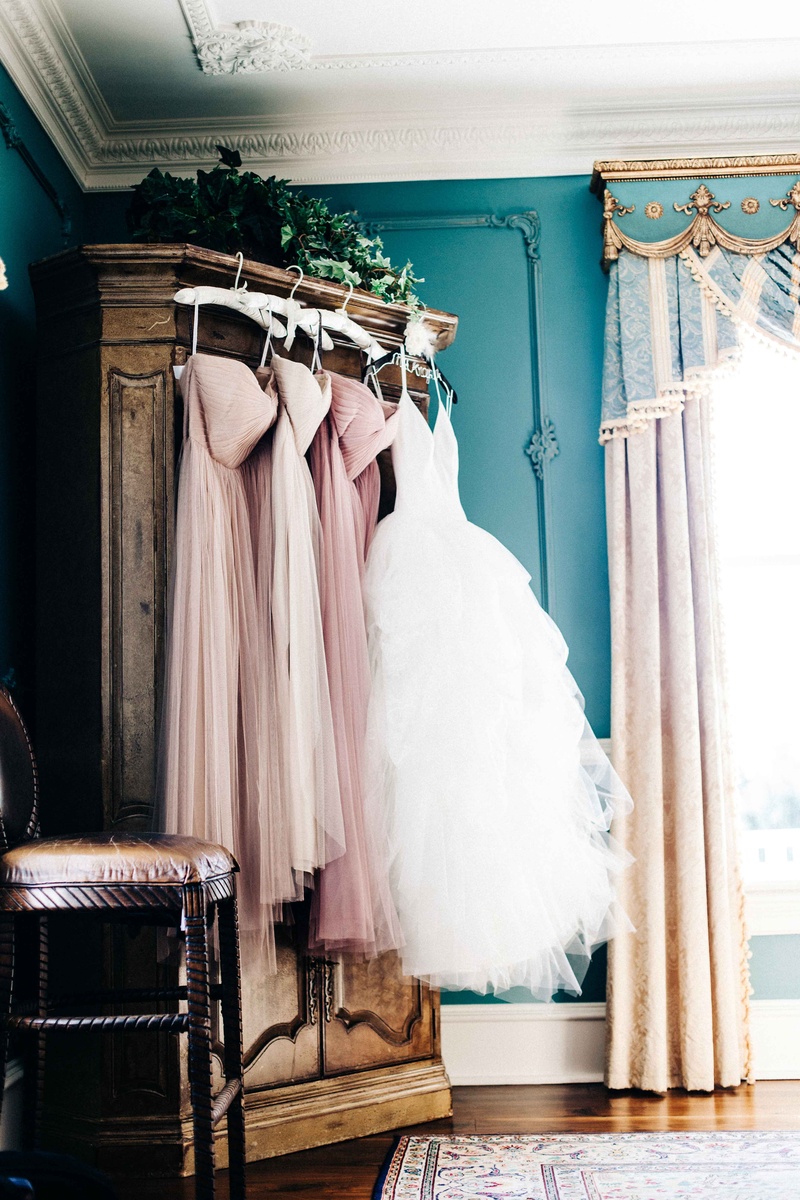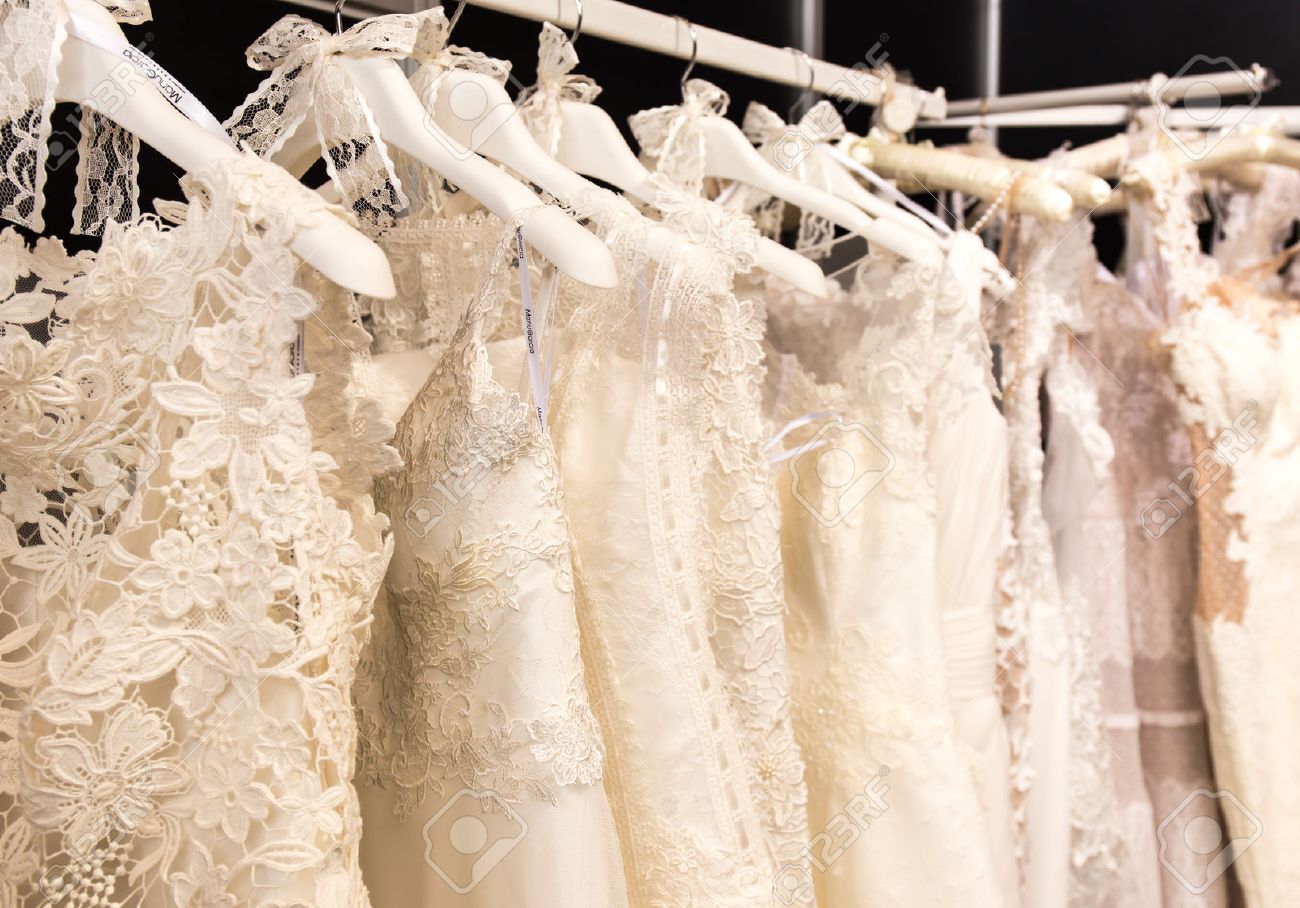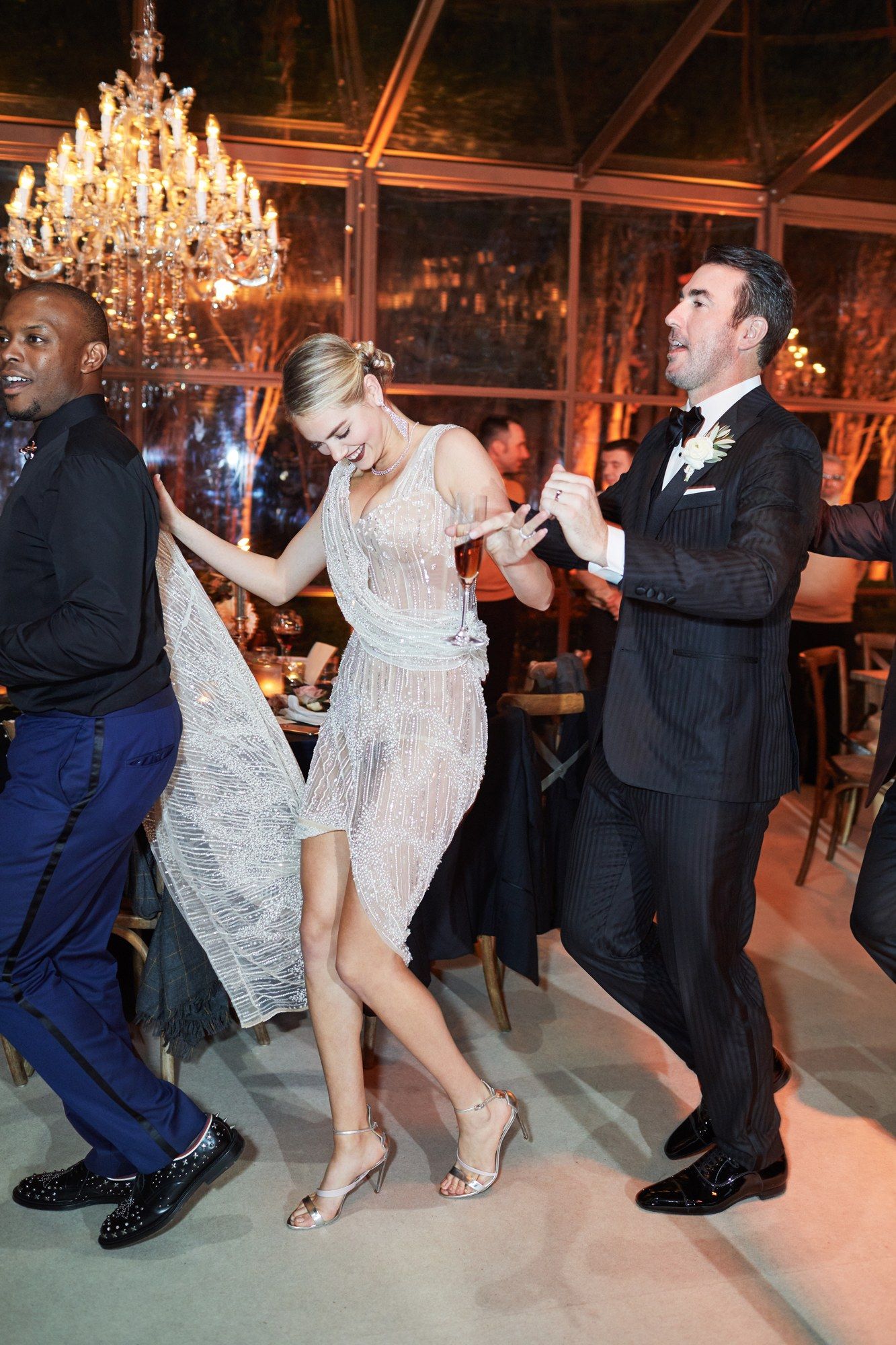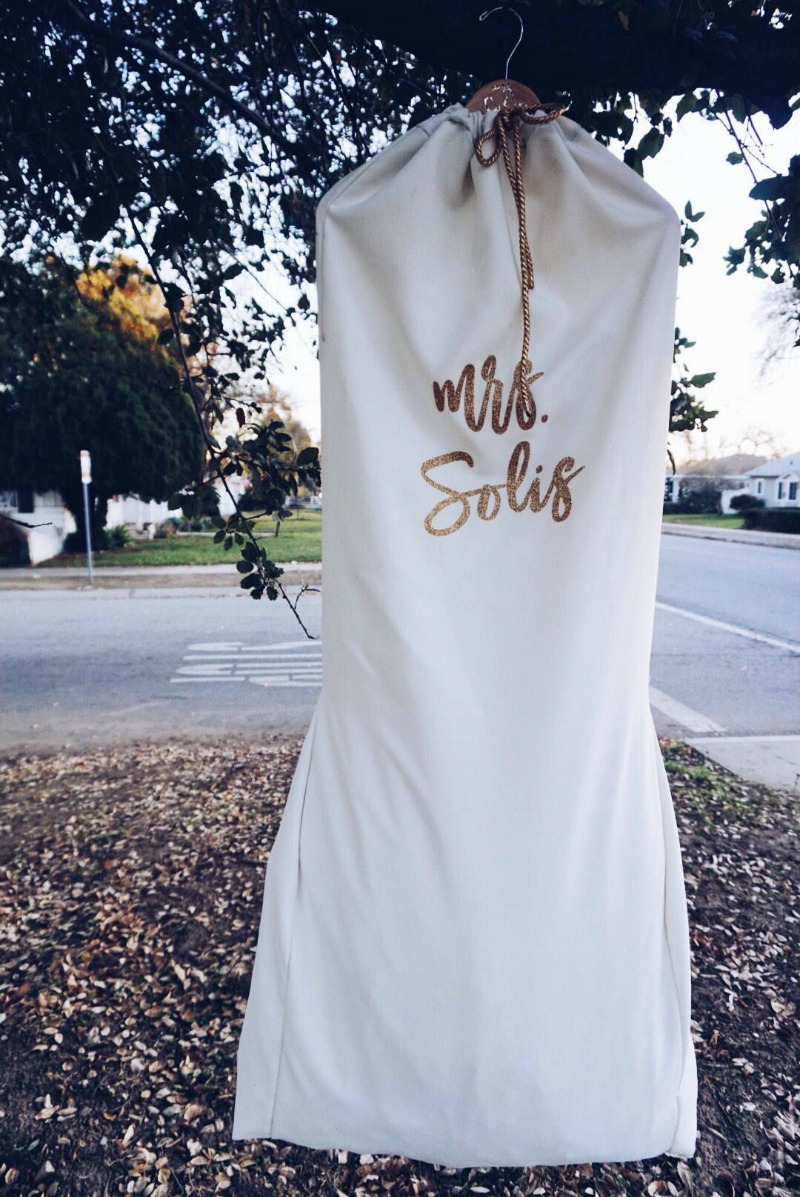Your big day has come and gone in a flash. You’ve plenty of photos to help you hold on to the memories, but there’s another thing you’d like to preserve to help keep the day alive: your wedding dress.
Your wedding dress is undoubtedly one of the most important pieces of clothing you’ll ever buy, and given how much the average gown costs, it’s no wonder that you want to preserve it. But, wedding dress preservation means more than just hanging it in your wardrobe to keep it away from children and pets. To preserve a wedding dress properly, there are some steps you should take.
Top Tip: Handle Your Dress With Care from the Start! Prevention is better than cure, so to make your wedding dress stay perfect forever, handle it with extra EXTRA care from the beginning.
We’ve put together a guide on all of the top wedding dress preservation tips.

Before the wedding:
Avoid Stains –
It goes without saying that we avoid things like wine stains getting on our special outfits, but did you know that flower pollen is one of the biggest culprits of stains? Specifically, it’s the pollen found in lily buds that is highly potent. So, if you have lilies at your wedding, make sure your florist has removed the bulbs beforehand.
Transportation –
Always transport your dress in a garment bag, even if you’re just driving for a couple of minutes. For extra safety during transportation, wrap delicate areas, like embellishments, with tissue paper. The tissue paper you use should be uncoloured and acid-free.
Waiting –
Your dress should be the last thing you put on before you walk down the aisle and the first thing you take off once the festivities are over. This way, you lessen the chance of makeup and other contaminants staining your dress. Also, keep in mind that some materials are water-sensitive (particularly silk and rayon) so you don’t want to be working up too much of a sweat in these materials.
Consider a Costume Change –
Many brides decrease the chance of damaging their wedding dress by doing a costume change after the ceremony. For example, you could change into a white jumpsuit or a white lacy top and white pants. Or, you could choose an outfit in any of your go-to color palettes that feature throughout the wedding. The added benefit is that these outfits are also much more comfortable to dance and mingle in.
After the wedding:
Put It in a Safe Spot Right Away –
Preserving your wedding dress begins the second you take it off. So, while you’re figuring out exactly what to do in terms of cleaning and storing, keep your dress in a safe spot at home.
Typically, the best place for a wedding dress is, (you guessed it) in your wardrobe. This way, your dress is protected from light exposure and damage that can be caused by the weather.
However, don’t leave your dress hanging there for eternity, as long-term hanging can cause the dress to distort. And, if you have kids and pets, make sure they don’t have access to your closet or ensure that the dress is kept well out of their reach.
Lastly, to make sure the dress stays in good shape while it’s hanging, we suggest using a padded hanger. This will help prevent it from sagging and distorting.
Clean It –
Before storing your wedding dress, you need to clean it. But before trying this yourself, speak to the boutique where you bought it and get any special instructions or recommendations. Cleaning delicate trims like sequins, beads, and lace is a specialised process, which should be left to the professionals. If there are stains or loose trim, be sure to point this out to your dry cleaner.
If the cleaner plans to put your dress in a storage container after cleaning, ask that they place your dress in an acid-free box. This will help prevent discoloration.
TIP: keep in mind that while a lot of dry cleaners advertise wedding dress preservation, many are not specialists. Therefore, you should only hire a dry cleaning service if they come highly recommended.
Or, if you trust yourself to do things right and you want to save some money, you can invest in a wedding dress preservation kit. If you bought a simple gown that can be washed at home, make sure to pre-treat the stains before handwashing it and storing it away.
Preserve It:
Whether you choose to hire a preservationist or you find a dry cleaning company who knows their stuff, it’s important to educate yourself on the different methods of preservation. Generally, there are three kinds of dress preservation:
Sealing –
This involves vacuum-sealing the dress before placing it in an acid-free box. However, be aware that many preservationists discourage this method, as tight sealing can promote mold growth. It can also permanently crease the fabric along the lines of the vacuum bag.
Boxing –
Boxing preservation involves folding your dress and placing it in an acid-free box. To protect your dress from permanently creasing, preservationists also use acid-free tissue. The box is not fully sealed, which allows the fabric to breathe. This method also allows you to remove your dress to look at it more easily.
Bagging –
The final method of preservation is bagging. Museums actually use this method to hang historic dresses and costumes, so you know it’s the real deal.
Bagging involves leaving your dress unfolded and hanging. To support the gown, preservationists add twill tape. This also helps eliminate the chances of long-term damage from hanging. After this, the dress is placed in a special cotton bag and hung somewhere safe.
Open the Storage Container With Caution –
Whenever you feel the urge to take a peek at your wedding dress to see how it’s doing, make sure you do so with care. Here are some tips to keep in mind when taking out your wedding dress:
- To prevent creases, you should unbox your wedding dress at least every 2 to 3 years (although you’ll probably find the urge to look at it more!)
- Make sure to wash your hands thoroughly before handling your wedding dress, as the natural oils your hands produce can easily damage it.
- Make sure you’re not wearing any perfumes, lotions, or tanning sprays, as these can all transfer to the fabric. Be extra careful if you’re wearing nail polish, even if it’s dry.
MORE – Weddings: The Most Common Questions Answered
MORE – Wedding 101: How To Choose The Perfect Wedding Videographer




No Comments